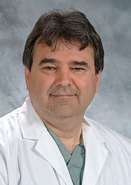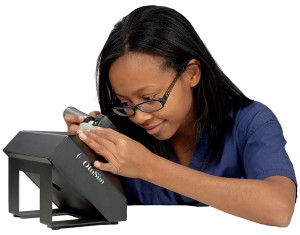 “If there’s one profession for which you don’t want students to have learning gaps, it’s medicine,” Rebecca Walberg wrote in the Smart Shift: Agenda for Innovation section in the Financial Post on May 7 (reprinted in the Vancouver Sun on May 9 and in the Calgary Herald on June 6, 2013). “Yet that’s exactly what Dr. Paolo Campisi saw while working with medical students at the University of Toronto.”
“If there’s one profession for which you don’t want students to have learning gaps, it’s medicine,” Rebecca Walberg wrote in the Smart Shift: Agenda for Innovation section in the Financial Post on May 7 (reprinted in the Vancouver Sun on May 9 and in the Calgary Herald on June 6, 2013). “Yet that’s exactly what Dr. Paolo Campisi saw while working with medical students at the University of Toronto.”
Walberg’s article, “Innovation in medical learning a Canadian business success story,” describes the process Campisi and his colleague and co-founder Dr. Vito Forte, both of the Hospital for Sick Children and cross-appointed to U of T, undertook to design the OtoSim device, which addresses the gap in how students were learning skills associated with otolaryngology (ear, nose and throat diseases or infections).
Here’s an excerpt (beginning with a quote from Dr. Forte):
“The answer wasn’t more time to lecture or show big pictures on a screen, but rather some kind of instrument that would mimic the experience of looking into an ear with an otoscope. And we went through a number of prototypes developing a simulator that can do just that.”
The result is the OtoSim, brought to market and sold by OtoSim Inc. The simulator consists of a rubber ear made to scale, and a computer display integrated into the model where the eardrum would be in a patient, which can display images of ear canals that correspond to a wide range of medical conditions.



